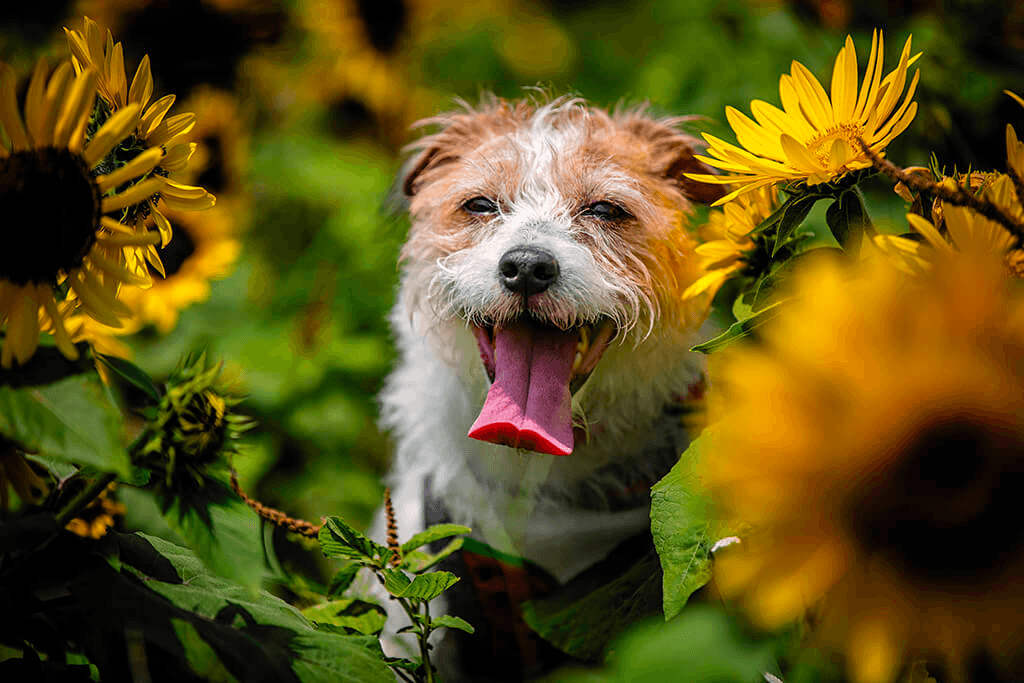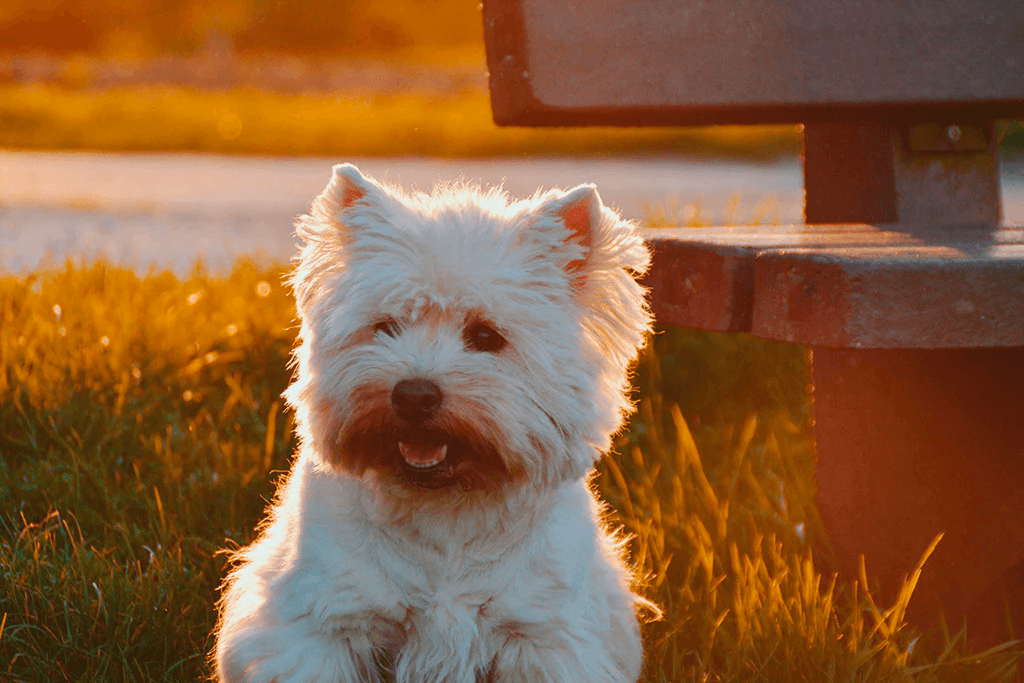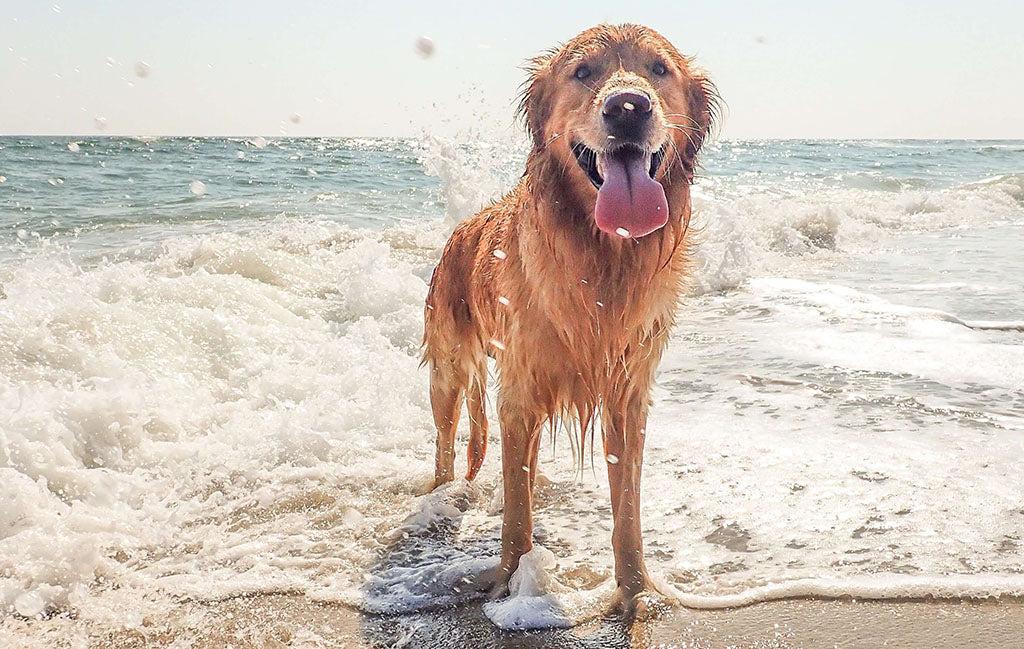Discover how often puppies poop and learn essential tips for maintaining their bathroom habits. Read the article for practical advice and insights!
- Home/
- Dog/
- Health & Wellness/
- How Often Do Puppies Poop? What to Expect & Housetraining Tips
How Often Do Puppies Poop? What to Expect & Housetraining Tips

If you’re raising a puppy, poop is probably a bigger part of your life than you ever imagined. That’s because your puppy’s bowel movements offer important insights into their health, development, and even emotional state. According to veterinarian Dr. Sabrina Kong, “Puppies have fast metabolisms and developing digestive systems, which means they process food quickly and poop frequently.”
While this might feel overwhelming at first, monitoring your pup’s poop can help you catch problems early and support successful housetraining. “Regular, well-formed stools typically reflect a balanced diet and proper digestion, making poop a daily ‘health report card’ for your pup,” Dr. Kong says.
Let’s dive into how often you can expect your puppy to poop, what’s normal based on their age, and how to build a potty training routine that works.
How Often Do Puppies Poop? Age-Based Guide
Newborn Puppies (0-3 weeks)
Newborn puppies are completely dependent on their mother, not just for food, but also for potty time. “They rely entirely on their mother’s milk and may poop after every feeding (every 2 to 3 hours), stimulated by her licking,” says Dr. Kong. At this stage, pet parents don’t need to worry about frequency unless there’s a clear sign of distress, like bloating or straining.
8-Week-Old Puppies
By eight weeks, puppies start transitioning to solid food. Their digestive systems are still immature, and as Dr. Kong explains, “you can expect 4 to 6 daily bowel movements due to their sensitive guts adjusting to new nutrients.” Pooping this often is normal, but sudden changes in consistency, color, or smell can still indicate a problem.
4-Month-Old Puppies
Around this age, your puppy’s digestive system starts to settle down. “Most 4-month-old puppies poop about 3 to 4 times a day,” says Dr. Kong. You may notice fewer accidents and more predictable bathroom habits, especially if you’re consistent with feeding and potty schedules.
6-Month-Old Puppies
At six months, many puppies begin to follow an adult-like routine, with “2 to 3 times daily” becoming the norm. However, Dr. Kong notes that “highly active or large-breed pups might go more often,” especially if their food intake or exercise levels are higher.
| Puppy Age | Typical Poop Frequency |
| 0 to 3 weeks | After every feeding (8 to 12x/day) |
| 4 to 8 weeks | 4 to 6 times/day |
| 2 to 4 months | 3 to 5 times/day |
| 4 to 6 months | 2 to 4 times/day |
| 6+ months | 2 to 3 times/day |
Factors That Affect Puppy Poop Frequency
1. Diet & Nutrition
“Diet is the biggest factor, always,” says Dr. Kong. Puppies eating high-quality, easily digestible food tend to have regular and firm poops. In contrast, low-quality foods or sudden diet changes can lead to loose stools or constipation.
2. Feeding Schedule
Puppies on a regular meal schedule usually poop shortly after eating. Free feeding (leaving food out all day) can make bowel movements unpredictable and delay housetraining success.
3. Activity Level
Exercise helps stimulate digestion. A playful, energetic puppy is likely to poop more frequently than a sedentary one.
4. Hydration
Water is essential for healthy digestion. “Dehydration can lead to hard stools and constipation,” Dr. Kong warns. Always provide fresh water, especially after meals and exercise.
5. Breed & Size Differences
Smaller breeds often have faster metabolisms, which can result in more frequent poops. Larger breeds may poop less often but in bigger amounts. Pay attention to your pup’s individual rhythm.

What Does Healthy Puppy Poop Look Like?
Dr. Kong describes ideal puppy poop as “chocolate brown, firm (like Play-Doh), and holds its shape when picked up.”
A small amount of odor is normal, but extremely stinky or odd-smelling stool could mean something in your puppy’s diet isn’t agreeing with them. Keep an eye out for warning signs like:
- Loose or watery stools, often caused by diet changes or illness
- Dry, hard, or pebble-like stool, usually caused by constipation
- Unusual poop colors. Red streaks from blood, black stool can be caused by digested blood, and pale or gray poop could mean possible liver issues
- Mucus or visible worms, which may indicate intestinal parasites or infection

Housetraining Tips: Teaching Your Puppy When & Where to Poop
1. Establishing a Routine
Feed your puppy at the same times every day and take them out immediately after eating, waking up, or playing. Puppies thrive on consistency, and it makes potty training easier for everyone.
2. Recognizing Signs Your Puppy Needs to Go
Watch for sniffing, circling, whining, or suddenly wandering off. These are signs they need to poop soon. As for how long a puppy can hold it? Most can go one hour for every month of age (e.g., a 3-month-old can wait about 3 hours), but don’t push it.
3. Positive Reinforcement
Praise and reward your puppy immediately after they go in the right spot. Treats, happy voices, and belly rubs work wonders.
4. Handling Accidents
Mistakes happen, especially in the early months. “Clean with an enzymatic spray to eliminate odors and avoid scolding,” Dr. Kong advises. “Scolding can create anxiety around pooping and delay progress.”
5. Best Practices for Outdoor & Indoor Potty Training
Crate training – Helps teach bladder control and creates a safe space.
Puppy pads – Useful for apartment dwellers or those training indoors.
Outdoor schedules – Take your pup to the same spot each time. Praise them afterward to reinforce the behavior.
Common Poop-Related Concerns & When to Call the Vet
It’s normal for puppy poop to vary occasionally, but certain signs call for immediate veterinary attention:
- Diarrhea lasting more than 24 hours
- Constipation for over a day
- Poop with blood, mucus, or visible worms
- Sudden changes in poop frequency or appearance
- No poop + vomiting = possible blockage
“Always err on the side of caution,” Dr. Kong advises. “Early intervention prevents minor issues from becoming severe.” If your puppy is unvaccinated and has diarrhea, it could indicate something serious like parvovirus.
Pro tip from Dr. Kong: Keep a “poop journal” during the first few months. Tracking patterns helps you spot changes and share useful info with your vet.
While talking about poop might not be glamorous, it’s one of the best ways to check in on your puppy’s health. From newborn to six months and beyond, knowing what’s normal helps you spot problems early and build better potty habits.
With a little patience, a solid routine, and some gentle guidance, your pup will be well on their way to mastering the art of bathroom breaks in no time.
 E
E



